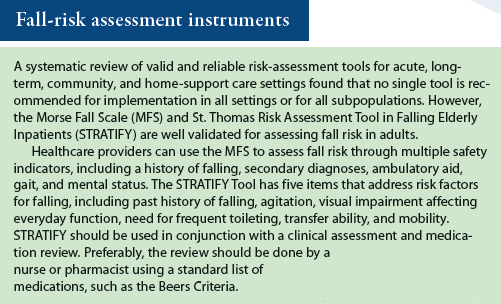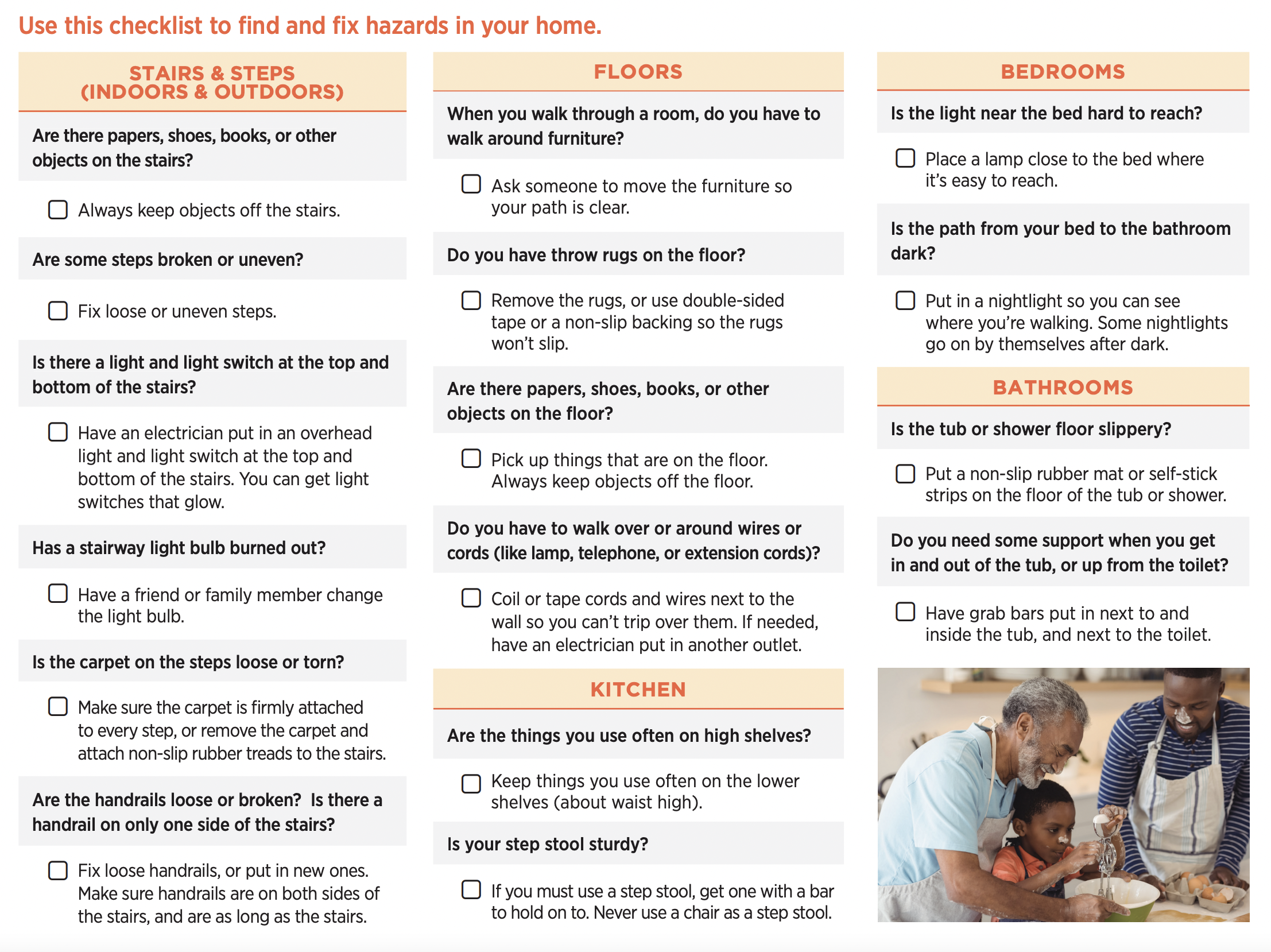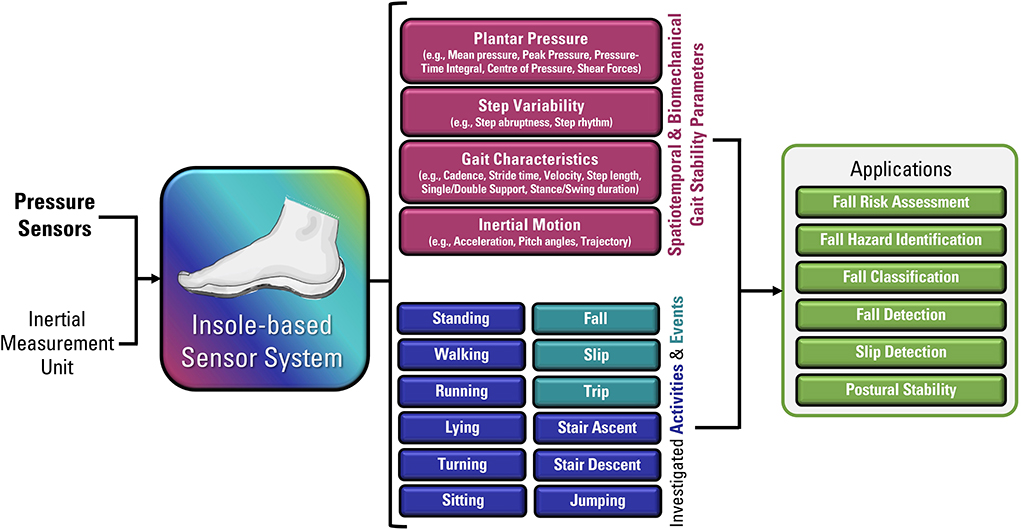Some Known Incorrect Statements About Dementia Fall Risk
Some Known Incorrect Statements About Dementia Fall Risk
Blog Article
Dementia Fall Risk - Questions
Table of ContentsDementia Fall Risk - An OverviewSome Known Facts About Dementia Fall Risk.Excitement About Dementia Fall RiskThe 5-Second Trick For Dementia Fall Risk
An autumn risk analysis checks to see how likely it is that you will certainly fall. It is mainly provided for older adults. The evaluation usually includes: This consists of a collection of concerns concerning your total health and if you have actually had previous falls or problems with equilibrium, standing, and/or walking. These devices evaluate your stamina, equilibrium, and stride (the means you walk).STEADI includes screening, examining, and intervention. Treatments are recommendations that might minimize your threat of dropping. STEADI consists of 3 actions: you for your danger of succumbing to your danger variables that can be enhanced to attempt to stop falls (for instance, equilibrium problems, damaged vision) to lower your threat of dropping by making use of reliable approaches (for example, supplying education and resources), you may be asked several questions consisting of: Have you dropped in the past year? Do you feel unsteady when standing or strolling? Are you stressed over falling?, your supplier will evaluate your strength, equilibrium, and stride, utilizing the following fall analysis devices: This test checks your stride.
If it takes you 12 secs or even more, it might mean you are at greater danger for an autumn. This test checks toughness and equilibrium.
Move one foot midway forward, so the instep is touching the large toe of your various other foot. Relocate one foot completely in front of the other, so the toes are touching the heel of your other foot.
Excitement About Dementia Fall Risk
The majority of falls occur as a result of numerous contributing elements; as a result, managing the risk of dropping starts with recognizing the variables that add to drop danger - Dementia Fall Risk. Several of the most relevant threat aspects consist of: History of previous fallsChronic clinical conditionsAcute illnessImpaired gait and balance, reduced extremity weaknessCognitive impairmentChanges in visionCertain high-risk medicines and polypharmacyEnvironmental aspects can likewise increase the threat for drops, including: Poor lightingUneven or harmed flooringWet or unsafe floorsMissing or harmed handrails and get barsDamaged or improperly fitted tools, such as beds, mobility devices, or walkersImproper use of assistive devicesInadequate supervision of the people residing in the NF, consisting of those who display hostile behaviorsA successful loss danger monitoring program needs a thorough clinical analysis, with input from all members of the interdisciplinary team

The care plan need to also include treatments that are system-based, such as those that promote a risk-free environment (suitable illumination, hand rails, get hold of bars, etc). The performance of the interventions must be evaluated regularly, and the treatment plan modified as essential to reflect modifications in the loss risk evaluation. Applying a fall danger monitoring system utilizing evidence-based best method can minimize the occurrence of drops in the NF, while limiting the potential for fall-related injuries.
Dementia Fall Risk for Dummies
The AGS/BGS standard suggests screening all grownups aged 65 years and older for autumn risk each year. This testing includes asking clients whether they have click here now fallen 2 or even more times in the previous year or looked for medical focus for a loss, or, if they have actually not dropped, whether they feel unstable when strolling.
Individuals that have dropped when without injury must have their balance and stride reviewed; those with stride or balance problems must get additional analysis. A background of 1 autumn without injury and without stride or equilibrium troubles does not call for more analysis past continued annual loss danger testing. Dementia Fall Risk. A loss danger analysis is required as component of the Welcome to Medicare evaluation

Things about Dementia Fall Risk
Recording a falls history is one of the quality indicators for loss avoidance and administration. An important part of risk assessment is a medicine evaluation. A number of classes of medications boost autumn danger (Table 2). Psychoactive drugs particularly are independent predictors of falls. These drugs often check my source tend to be sedating, change the sensorium, and hinder equilibrium and gait.
Postural hypotension can usually about his be eased by decreasing the dose of blood pressurelowering drugs and/or stopping drugs that have orthostatic hypotension as a negative effects. Use above-the-knee support tube and resting with the head of the bed elevated might additionally decrease postural reductions in blood pressure. The recommended aspects of a fall-focused physical exam are received Box 1.

A pull time higher than or equivalent to 12 seconds recommends high fall risk. The 30-Second Chair Stand examination examines reduced extremity stamina and balance. Being incapable to stand from a chair of knee elevation without using one's arms shows enhanced autumn danger. The 4-Stage Equilibrium examination evaluates static equilibrium by having the individual stand in 4 placements, each considerably a lot more challenging.
Report this page